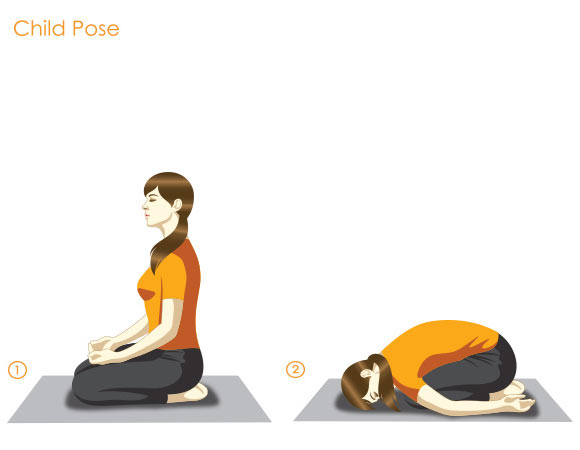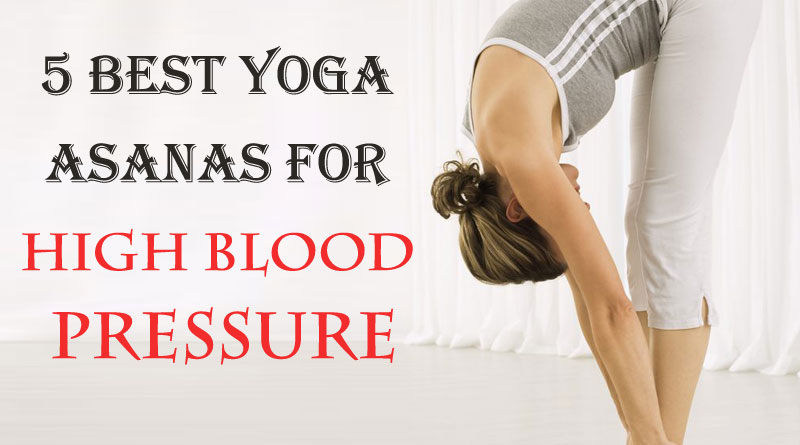
A hip yoga stretch can help relax tight hips. Long hours of exercise or other activities can cause damage to the hip area. A few poses can prove to be particularly beneficial. These poses include the Triangle pose and Dancer's pose. You should breathe deeply while you practice these poses in order to relax muscles and prevent tight or knotted muscles.
Triangle pose
Triangle Pose is hip yoga that strengthens core strength while improving balance. Before you try this stretch, here are some things to remember. This pose is not suitable for people who have suffered from injuries to the back, neck, and hips. People with low blood pressure and diarrhea should not attempt it without consulting their doctor.
Begin by bending your front knee. Do not lock your knees or arch your back while performing this pose. For maximum safety, it is better to keep your spine straight.
Runner's lunge
The Runner's Lunge is a hip yoga stretch that stretches your hips and opens your leg muscles. It's especially beneficial for people with sciatica, a pain that runs down the leg. Start by laying on your back, with your knees bent. Your shoulders should be straight. Then, slide your right foot under your left leg. Your right foot should be just below the knee of your left leg.

Place your right foot on the ground and begin to lunge. Your knee should be bent at 90 degrees. The back leg is straight. The back leg should be straight. Next, turn your hips inward. Keep this position for a while, and then return back to a standing position.
Dancer's pose
The Dancer's Pose is a stretch in yoga that opens the hips and improves flexibility. It strengthens your back. This pose requires backbends, which stretch the chest as well as shoulders. Tadasana marks the beginning of The Dancer’s Pose.
The hip yoga stretch will make your legs strong and strengthen your core muscles. It is difficult and requires focus to perform correctly. It is a good warm-up for Dancer Pose and can be used as a transition into other postures.
Boat pose
This hip yoga stretch uses the spine to support the body. Pulling your ribs out from your abdomen activates the muscles in your back, including your rectus fimus. The psoas and pectineus are also engaged as you flex your trunk.
Boat pose can be a good exercise for core strength. It activates the gluteus (pelvis), erector and erector spine muscles. These are located along the lengths of the spine. This muscle group assists in supporting the spine which helps improve digestion. It can also increase a person's confidence. It's great to use with athletes and teens.

Mountain pose
Mountain Pose is one of the most popular poses for stress relief and back pain. This simple yoga move can be done at any time, whether you are waiting in line, riding an elevator or dishwashing. This simple pose will improve your posture as well as relieve stress. You can do this pose while driving to work or walking to it.
Mountain Pose is a standing pose that strengthens the hips, ankles, and thighs. This stretch can also be used to improve your flexibility. Begin by bringing your feet together at your hips. Next, bend your knees. Your left heel should touch your tailbone.
FAQ
Are yoga mats expensive?
A yoga mat of high quality can cost between $20 and $100 depending on its size, material, and type.
What kind is yoga for beginners?
Yoga is great exercise for all levels of fitness. It's an easy and effective way to stay active and healthy. Yoga is a great way to feel healthier, both mentally and physically. People who have tried yoga say they feel calmer and happier.
Yoga isn't just a form of exercise. It's also a lifestyle that includes stretching and breathing, as well as meditation.
There are many types and styles of yoga. Some focus more on strength training than others. Others are more focused on relaxation.
What you desire from yoga will determine which type you choose. Iyengar yoga is a great option if you are looking to increase flexibility. Or if you want to tone your muscles, go for Ashtanga yoga.
Is there a lot of sweating involved in yoga?
It depends on the type of yoga that you practice. Vinyasa flow (or Power) yoga involves lots jumping, twisting and turning movements. People often sweat heavily while practicing yoga.
In contrast, Hatha yoga focuses on poses like forwarding bends and twists. The poses aren’t particularly strenuous so practitioners won’t experience excessive sweating.
What are the side effects of yoga?
Yoga poses some risks, as with all physical activities. Injury is the biggest danger. The main risk is injury.
If you're just starting yoga, you may feel dizzy and faint standing on your head.
This is caused due to blood clotting in your brain. You don't have to worry about this, as it will go away quickly.
If you have chest pains while doing downward facing dogs, don't hold your breathe. This will only increase heart rate and make things worse.
How long should a yoga session be?
A typical yoga session takes between 45 minutes and one hour. The type of yoga that you are doing will determine the length of your session. If you want to focus on strength-building exercises, 45-60 minutes would probably be sufficient. However, if you're looking for relaxation or meditation, an hour or longer may be necessary.
The length of your class also depends on which kind of yoga class it is. Some classes emphasize fast, intense movements while others are slow and deep.
Can I do Yoga every day, even as a beginner?
Yoga is a great way for you to stretch out and strengthen your body. It is also a great way to relax and release stress. It doesn't take a lot of knowledge to begin practicing yoga. Beginners should practice yoga for 20 minutes three times per week.
This will be enough time to start. You can gradually increase the amount you spend practicing.
Statistics
- According to calorie estimates calculated at Harvard Medical School, the average 125-pound person burns about 120 calories in a half hour of hatha yoga, and a 185-pound person burns about 178 calories in that half hour. (everydayhealth.com)
- Start your Fall off right with 20% off All Access Membership when you sign up by 9/25! (corepoweryoga.com)
- According to the Agency for Healthcare Research and Quality, falls are incredibly common among older adults in nursing facilities. Even the simplest ones can increase the risk of death (24). (healthline.com)
- A 2020 review of 27 studies (1,805 total participants) of yoga interventions in children or adolescents found reductions in anxiety or depression in 70 percent of the studies, with more promising results for anxiety. (nccih.nih.gov)
- The American Psychological Association recently shared that 84% of American adults feel the impact of prolonged stress (5). (healthline.com)
External Links
How To
Is yoga a great workout?
Yoga isn't just for people who want to lose weight. Yoga is not just for those who want to lose weight. It helps them develop flexibility and balance.
Yoga isn’t just exercise. Instead, it’s an art form. These poses can be used to help you relax and meditate. They help us to improve our posture, concentration, and breathing.
Yoga is practiced by yogis. Yogis follow various forms of yoga, including Hatha, Ashtanga, Iyengar, Vinyasa, Bikram, Kundalini, Yin Yang, and Restorative.
There are many types of yoga, but they all have similar goals. Each type of yoga focuses on different aspects. Yoga styles that include meditation, pranayama, or Hatha are all examples.
Some yoga exercises that require no equipment are:
-
Sun Salutation – The series of 12 positions starts with forward bend followed by 10 poses.
-
Warrior pose - A warrior pose can be achieved by holding a stick/staff.
-
Triangle Pose-This pose requires you to lift one leg behind you while bending at the knee.
-
Standing Forward Bend - This position involves bending forward from the waist and putting your legs straight on the floor.
-
The seated twist is done while sitting on a mat or chair.
-
Cobra Pose: This position is done lying on your back, arms raised.
-
Child's posing - This position is performed while facing up on the ground.
-
Cat/Cow Pose: This combination of a cow and cat pose is called the Cat/Cow Pose. As you lie face down, lift your upper body off of the ground. Roll over on your back and place your hands underneath your shoulders.
-
Head Tilt – This pose involves tilting your head back, while your eyes are closed.
-
Shoulder Stand – This position is where you stand upright while your arms are raised above and feet are raised above the neck.
-
Tree Pose- You can achieve this pose by kneeling on one knee with your hands under you shoulders.
-
Bow Pose - This pose is completed by bending forward from the hips and placing your palms on the ground.
-
Corpse Pose – This pose can be held for up to five minutes.
-
Mountain Pose - The mountain pose is where you stand tall while your spine is straight.
-
Legs up the wall Pose - This is a pose where you hang upside-down from a brick wall.
-
Side Angle Pose -- This pose requires you to lean against a wall and place your right arm in front of the wall.
-
Plank Position – When you are lying flat on your stomach, and your left arm and right leg extend apart from one another, this is called the plank position.
-
Bridge Pose: This pose can be achieved by balancing on your elbows or toes.
-
Reverse Table Top - This position is achieved by lying on the stomach and reaching your arms towards your ceiling.
-
Handstand – This pose requires strength and balance. You can hold your body between two walls or a frame of a door to perform this pose.
-
Half Moon Pose also known as Hero Pose. It's performed by standing on both your hands and toes.
-
Headstand (or Handstand), - This pose requires great balance and strength. This pose is possible on a brick wall or on a doorframe.
-
Forearm Balance -- This pose involves your forearms resting on top of a tabletop.
-
Spinal Twist - This pose lies on your belly while reaching your arms.
-
Supported Boundangle pose - This position requires balance and support. For support, use a beam or tree branch to help you balance.
-
Wide Leg Forward Fold - This pose is achieved by spreading your legs apart and touching your toes.
-
Single Pigeon Pose: This is a variation of the forward-folding wide-leg position, but with only one leg.
-
Extended Puppy Dog Pose: This is a very relaxing pose. This is done by stretching your legs outwards and bending your knees.
-
Seated Forward Bend - This pose is sitting cross-legged and stretching your hamstrings and calves.
-
Crow Pose - This pose is difficult to do but very rewarding once you master it. This is achieved by elevating your arms above your head, and then lowering your arms until they are parallel to the ground.